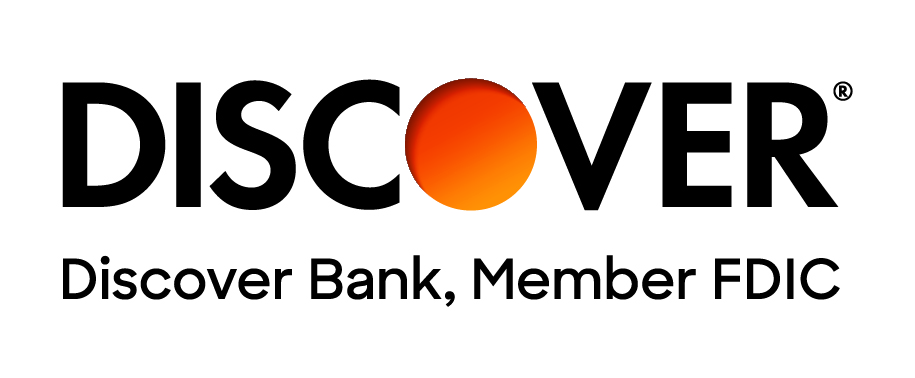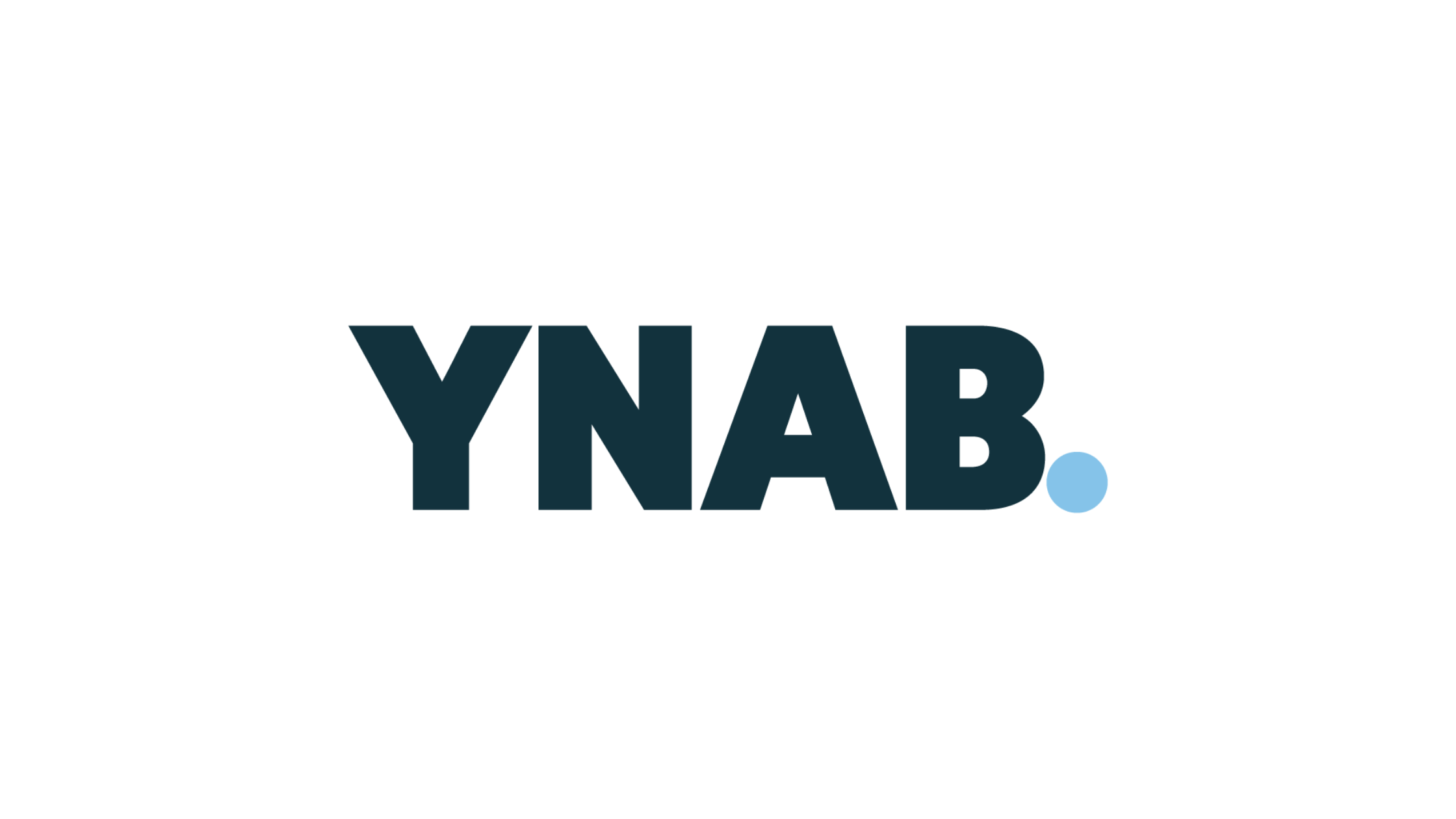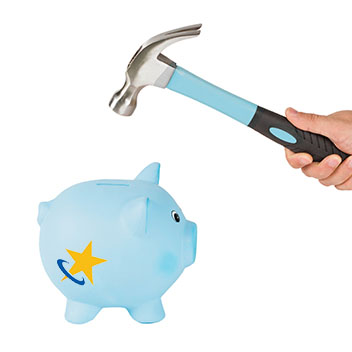Mobile banking lets you use your smartphone or tablet to handle many of your everyday banking needs without stepping into a branch. From checking your account balance to transferring money, paying bills, or even depositing checks, it gives you the power to manage your finances wherever you are.
These days, mobile banking plays a big role in how people handle their money. Life moves fast, and having access to your bank 24/7 means you can stay on top of your finances no matter how busy things get. It’s all about convenience and control, giving you tools to save time and make smarter financial decisions.
The Convenience of Mobile Banking
Access Anytime, Anywhere
Mobile banking gives you the freedom to manage your money wherever life takes you. Whether you're at home, at work, or on vacation, you can check your account balances, transfer money, and make payments directly from your smartphone or tablet. Gone are the days of rushing to the bank before it closes—mobile banking is available 24/7, letting you take care of your finances at a time and place that works best for you.
Manage Finances on the Go
With mobile banking, you're never tied down. Need to split a bill with friends at dinner? You can quickly transfer money. Traveling and need to pay your credit card? A few taps and it's done. Mobile banking makes sure that managing your money fits seamlessly into your on-the-go lifestyle.
Time-Saving Benefits
Life can be hectic, and mobile banking is designed to save you time. Instead of heading to a branch or ATM, you can pay bills, transfer funds, or even deposit checks in seconds, right from your device. Want to see recent transactions or know how much you've spent this month? You can review your activity instantly, helping you stay organized and in control without skipping a beat.
Features That Simplify Banking
Mobile banking does more than handle the basics—it’s packed with features that make managing your money easier. Mobile check deposit means you can deposit a check without leaving your house. Many apps also offer budget tracking tools to help you monitor spending and stay on top of your financial goals. Plus, you can set up customized alerts to notify you of low balances, upcoming payments, or unusual activity, giving you peace of mind and a better handle on your finances.
Key Security Measures of Mobile Banking
Mobile banking brings to light the safety of your personal and financial information, and many modern apps come with advanced security measures to protect your accounts. Here’s how both banks and users can work together to keep things secure:
Encryption and Data Protection
Banks use powerful encryption technology to keep your sensitive data safe while it’s being transmitted over the internet. This means even if someone intercepts the data, they won’t be able to read it without a decryption key. Your personal and financial information is also stored securely, with multiple layers of protection in place.
Two-Factor Authentication (2FA)
Two-factor authentication adds an extra step to logging into your account, making it harder for unauthorized users to gain access. With 2FA, you’ll need not just your password but also a second form of verification, like a text message code or biometric data—such as a fingerprint or face scan. This added layer makes your account far more secure.
Fraud Monitoring Systems
Banks also have sophisticated fraud monitoring systems that constantly scan for suspicious activity on your accounts. For example, if an unusual transaction is detected—like a large withdrawal in another city—you could receive an alert or a temporary account freeze. This ensures you can act quickly to protect your money if something doesn’t look right.
Best Practices for Users
While banks provide robust security, there are steps you can take to further safeguard your mobile banking experience:
- Set Strong Passwords: Avoid using easily guessed passwords like "123456" or your name. Instead, create a unique password with a mix of letters, numbers, and symbols.
- Avoid Public Wi-Fi: Public networks are easier for hackers to exploit. If you need to use mobile banking, switch to your mobile data or wait until you’re on a secure connection.
- Update Your App Regularly: Keeping your banking app updated ensures you’re always using the latest security features.
- Enable Alerts: Many apps allow you to set up alerts for account activity, low balances, or large transactions. These notifications can help you act quickly if anything unusual happens.
Emerging Trends and Technologies Shaping the Future of Mobile Banking
AI and Personalized Banking Tools
Artificial intelligence (AI) is revolutionizing mobile banking by personalizing your experience. Using AI, banks can analyze your spending habits and provide tailored advice to help you manage your money better. For example, you might receive tips on how to save for a big purchase or reminders about upcoming bill payments. Chatbots, powered by AI, also offer 24/7 support, answering your questions and helping you complete tasks quickly. This technology is all about making your banking experience as smooth and customized as possible.
Biometric Authentication
Biometric authentication is making banking safer and more convenient. Instead of remembering long passwords, you can use your fingerprint or facial recognition to access your accounts. This technology is not just secure but also makes your life easier—logging into your banking app or confirming a transaction is quicker than ever. With biometric options, you can feel confident knowing your personal information is well-protected.
Blockchain for Transaction Transparency
Blockchain continues to gain attention in mobile banking, thanks to its ability to make transactions faster and more secure. By using blockchain, banks can process cross-border payments much more efficiently, without relying on third parties. Its tamper-proof system ensures your transactions are safe and trustworthy, giving you greater control over your money. This promising technology could soon become a standard part of mobile banking.
Integration with Wearable Devices
Wearable devices, like smartwatches, are transforming mobile banking by adding a new layer of convenience. You can check your balance, receive notifications about transactions, or even make payments—all from your wrist. This seamless integration means staying connected to your finances is easier than ever, even when you’re on the go. Wearables are designed to make managing your money effortless and accessible wherever you are.
As these trends continue to develop, mobile banking is set to become even more intuitive, secure, and personalized to fit your needs. By staying informed about these advancements, you can make the most of the latest technologies and stay in control of your finances.
Potential Challenges and Considerations
While mobile banking offers incredible convenience, it’s important to stay aware of some potential challenges. Cybersecurity risks are one of the biggest concerns. With sensitive financial information being accessed through apps, you need to stay alert to possible fraud or hacks. Using strong passwords, enabling two-factor authentication, and avoiding public Wi-Fi for transactions can help protect your accounts.
Another consideration is device dependence. Mobile banking relies heavily on having a smartphone or stable internet connection. This can be a hurdle for users who don’t have access to the latest technology or live in areas with poor connectivity. For those individuals, traditional banking options may still be necessary.
There is also the challenge of adapting to rapid technological changes. Banking apps are frequently updated with new features, and keeping up with these updates can feel overwhelming. Staying informed and taking the time to learn how to use the new tools will ensure you get the most out of your mobile banking experience.
Mobile banking offers so many benefits that can make managing your finances easier and more convenient. You can check your account balance, transfer money, pay bills, and even deposit checks without leaving your home. It saves you time and gives you access to your finances 24/7, right from your smartphone. Recent advancements in security, like encrypted transactions and biometric authentication, have made mobile banking safer than ever before, so you can feel more confident when handling your money online.
That being said, it’s important to stay informed and use mobile banking responsibly. Make sure to update your apps regularly, create strong passwords, and enable features like two-factor authentication for added protection. Learning how to use these tools effectively can help you avoid potential risks and get the most out of what mobile banking has to offer.
Looking ahead, mobile banking is only going to get better as technology continues to evolve. Its role in simplifying financial management will grow, making it even more accessible and seamless. By staying up-to-date and using these services wisely, you can take full advantage of the convenience and security that modern banking provides.








